Al Shindagha Museum
Preserving Dubai’s Heritage for the Future
By Ruba Al Sarahneh
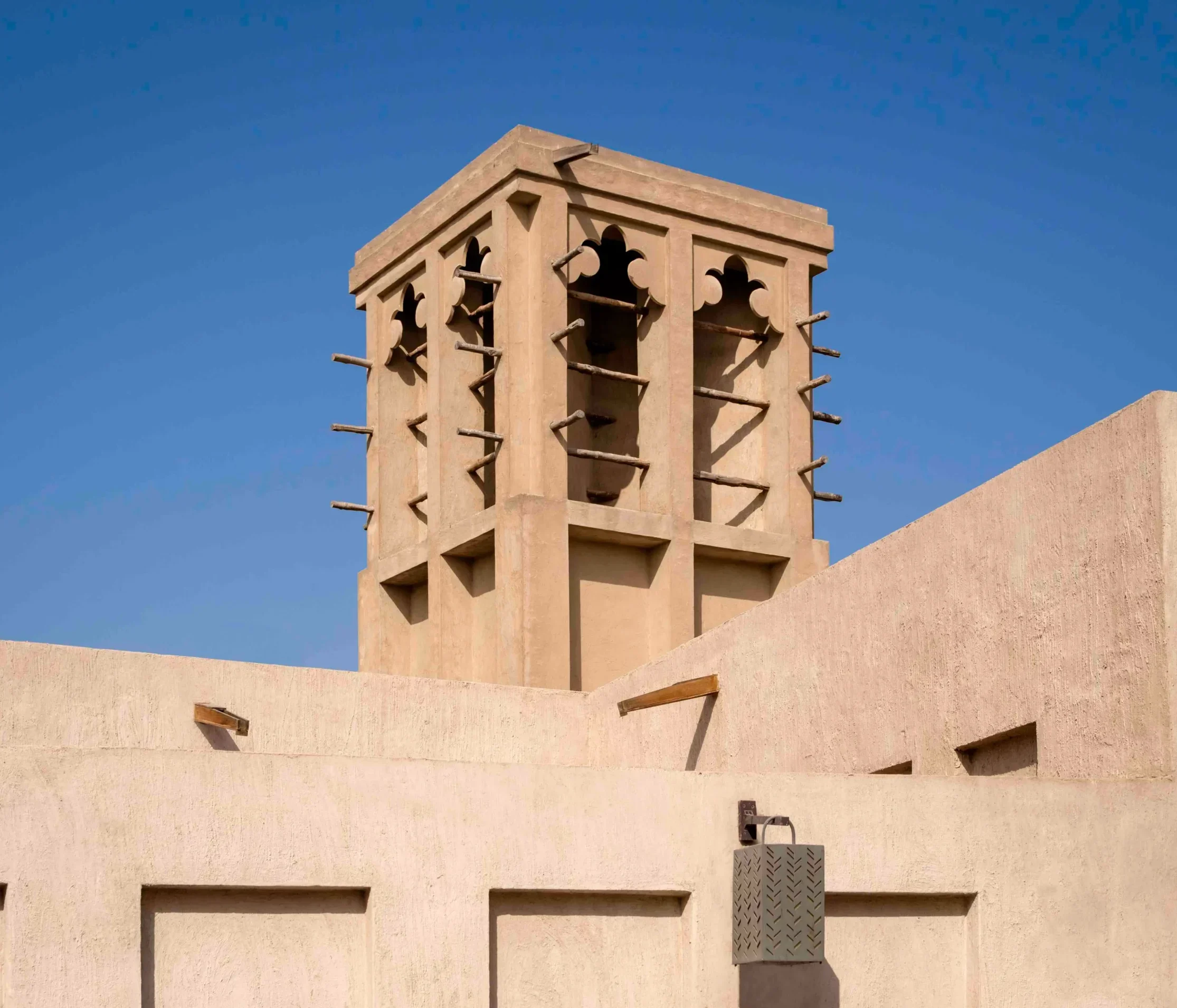
On the banks of Dubai Creek, where wooden dhows once carried pearls and spices and wrote the first chapters of the emirate’s story, stands Al Shindagha Museum a living witness to a city’s journey that bridges past and present.
Here, visitors do not merely view historical artifacts; they immerse themselves in an experience that transports them into the homes of rulers and merchants, hearing the voices of generations that shaped Dubai’s identity. In an age where the emirate is often defined by skyscrapers and technology, Al Shindagha Museum reminds us that Dubai’s true strength begins with its roots.
The Historical Significance of Al Shindagha
Al Shindagha district occupies a special place in Dubai’s history. It was once the seat of the Al Maktoum ruling family in the late 19th and early 20th centuries, and from this place, Dubai began its transformation from a small trading port into a global hub.
According to Dubai Culture, the restoration project has converted more than 180 historic houses into cultural venues, turning the area into the emirate’s largest open-air museum. This scale reflects Dubai’s ambition to preserve heritage while making it accessible to millions of visitors.
Layout and Thematic Pavilions
Al Shindagha Museum is not a single building but a district of museums, each housed in restored heritage homes with a thematic focus. Collectively, they form a mosaic of cultural narratives.
- Perfume House: Chronicles the history of fragrances in the UAE, highlighting traditional ingredients like oud and frankincense, and showcasing how perfumes are interwoven with Emirati identity.
- Culture and Living Pavilion: Dedicated to social traditions, family structures, and Emirati customs, offering an intimate look at how people lived, celebrated, and preserved their values.
- Governance and Society Pavilion: Focuses on law, leadership, and governance, honoring the ruling family’s role in shaping Dubai’s path of development.
- Trade and Innovation Exhibits: Shed light on Dubai’s long-standing commercial heritage, especially in pearls, spices, and textiles, and connect these roots to the emirate’s current role as a global trade hub.
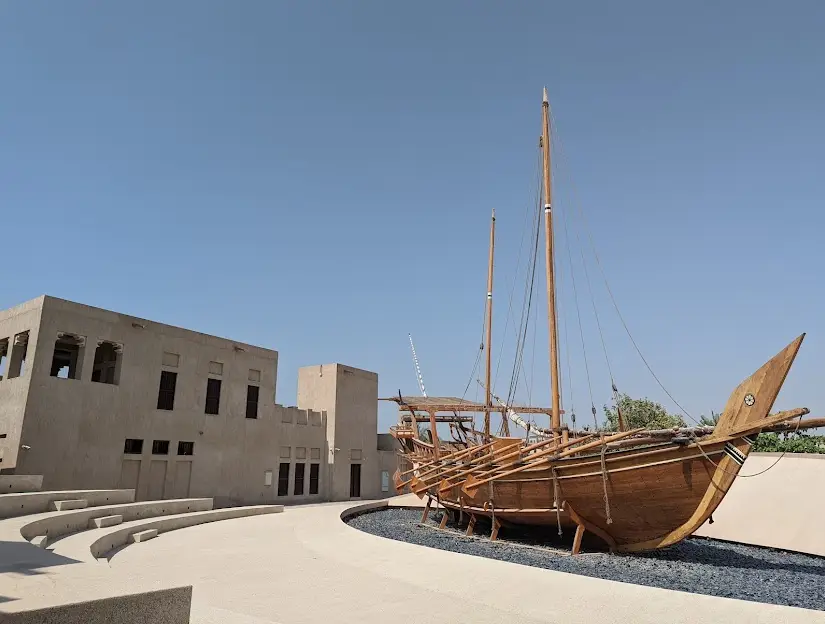
Storytelling through Innovation
What sets Al Shindagha Museum apart is its blend of heritage and innovation. The museum doesn’t rely solely on static displays but leverages immersive storytelling through:
- Interactive digital screens displaying historical maps and documents.
- 3D films recreating scenes from Dubai’s early days.
- Audio narratives where Emiratis recount their ancestors’ experiences.
This ensures that new generations and international visitors engage with history in an accessible, captivating way. It reflects Dubai’s philosophy: preserving heritage doesn’t mean freezing it in time but re-telling it in ways that resonate with the modern world.
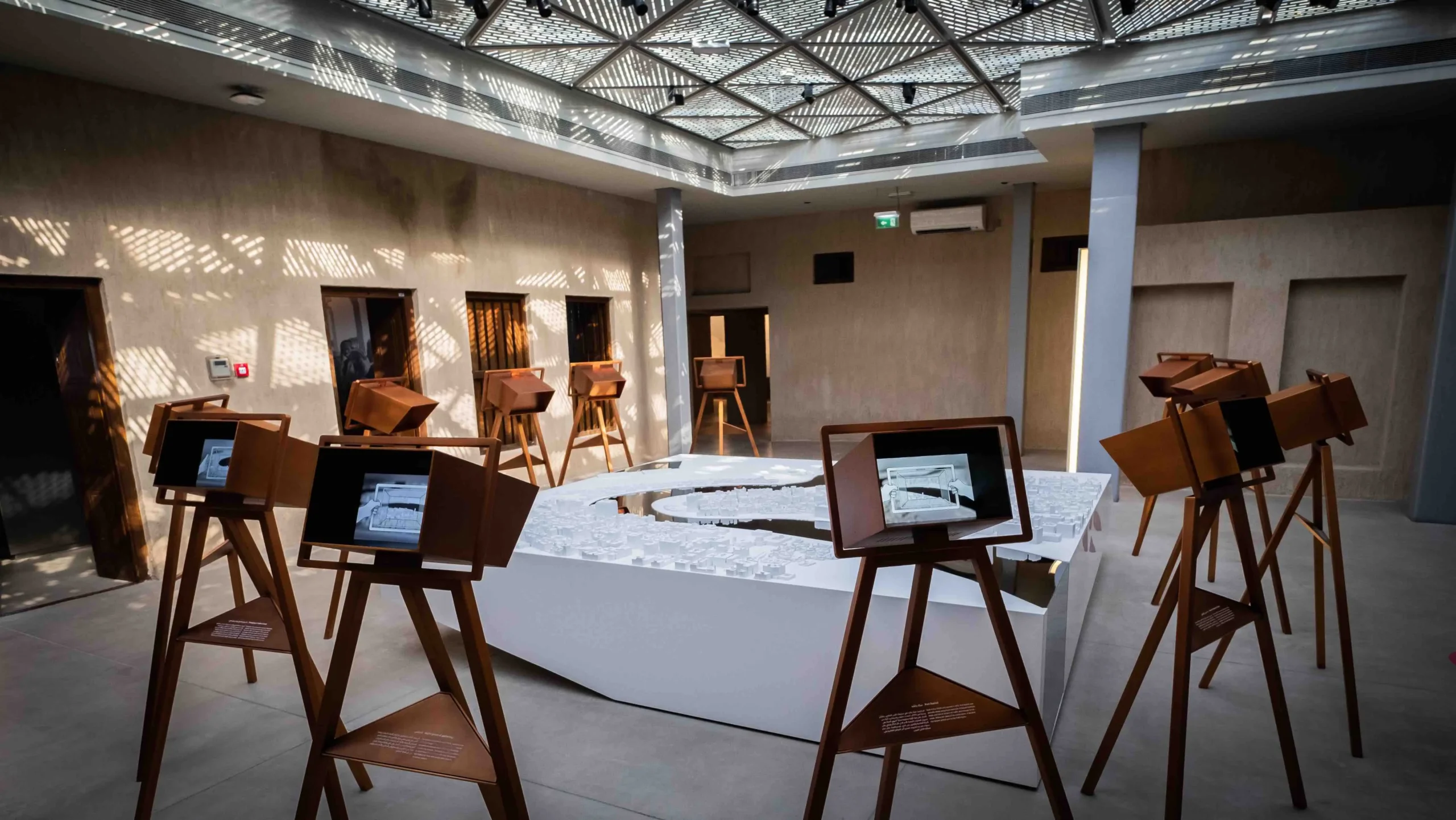
Cultural and Social Impact
Al Shindagha Museum is more than a tourist attraction; it is a cultural and educational platform.
- In 2023, Dubai welcomed 17.15 million international visitors (Dubai Tourism data), and cultural sites like Al Shindagha are increasingly central to this experience.
- The Dubai Historic District Project aims to attract 12 million visitors annually by 2025, positioning heritage as a cornerstone of the tourism economy.
For Emiratis, the museum strengthens identity and pride, allowing families and students to reconnect with their roots. For expatriates and international visitors, it provides an authentic perspective on Emirati culture that goes beyond skyscrapers and luxury.
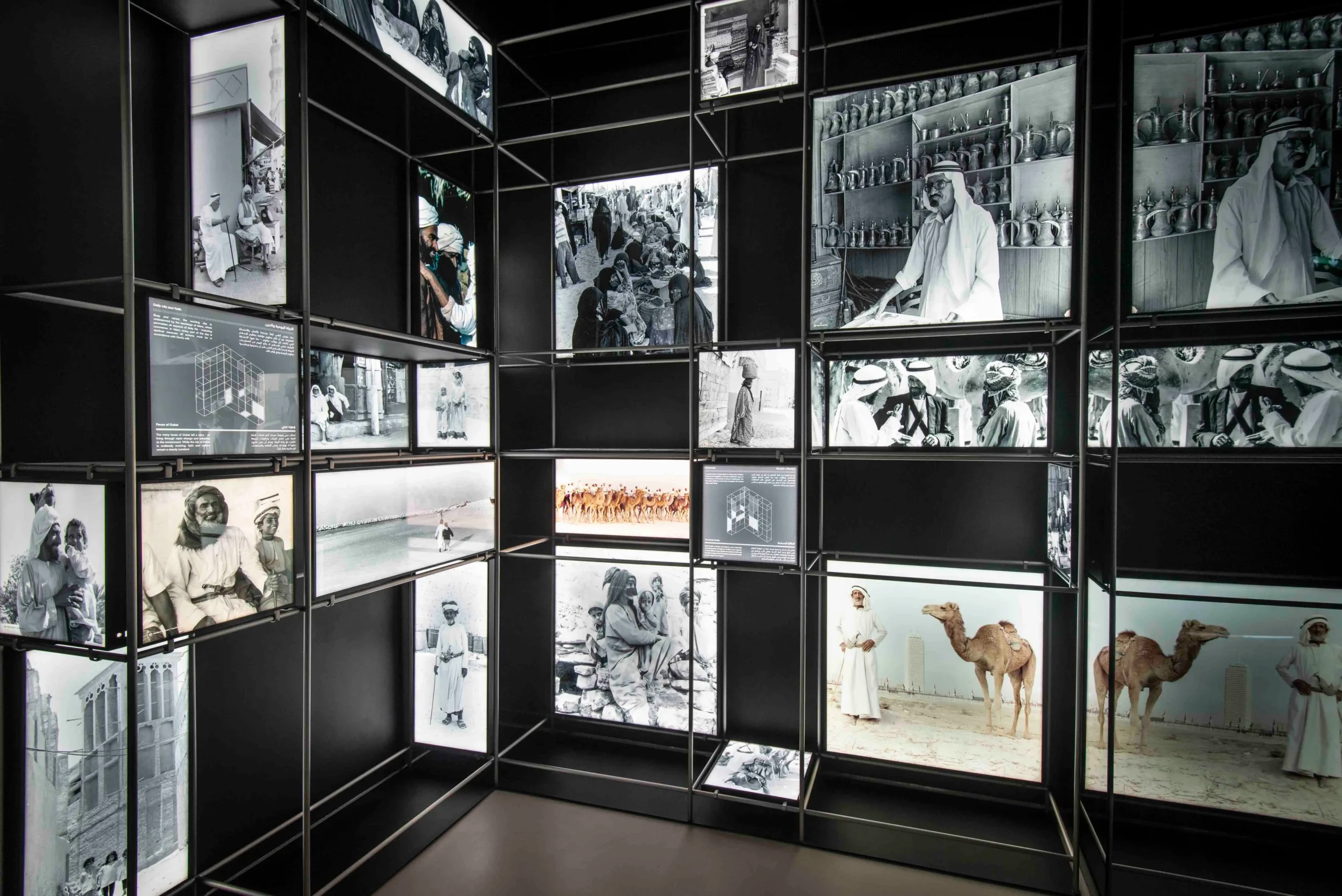
Education and Community Engagement: Keeping Heritage Alive
Beyond its role as a heritage landmark, Al Shindagha Museum functions as a living classroom where history becomes tangible for new generations. In a city where futuristic skylines and cutting-edge technologies often dominate the narrative, the museum plays a crucial role in reminding residents and visitors alike that the foundations of Dubai’s global success are rooted in culture, memory, and human experience.
For schools and universities across the UAE, Al Shindagha has become an essential destination for experiential learning. Instead of reading about history in textbooks, students can walk through authentic heritage houses, feel the cool shade of barajeel wind towers, and visualize how families once gathered in open courtyards. This direct engagement with heritage creates an educational experience that is not only informative but also deeply emotional. Teachers report that visits to the museum spark curiosity among students, encouraging them to ask questions about how their ancestors lived, traded, and governed. Such interactions strengthen a sense of national pride while ensuring that cultural identity remains relevant in a rapidly globalizing society.
The museum also offers specially designed educational programs and workshops tailored for young learners. These include storytelling sessions where Emirati elders share oral histories, craft workshops that teach children traditional skills such as weaving and pottery, and digital activities that blend interactive media with historical content. By combining tradition with innovation, these initiatives make heritage accessible to a generation raised in the digital age. For many Emirati children, the museum provides the first opportunity to understand the sacrifices and values that shaped their country, anchoring their identity in a fast-changing world.
Al Shindagha’s role, however, extends beyond the classroom. It actively engages the wider community by serving as a space where Emiratis and expatriates can connect through shared cultural experiences. Community events, seasonal festivals, and public lectures bring together people of different backgrounds to celebrate the richness of Emirati traditions. For expatriates, who make up the majority of Dubai’s population, the museum offers an authentic entry point into the local culture, allowing them to develop a deeper appreciation of the society they live in. This inclusive approach positions the museum not just as a cultural institution but as a bridge fostering dialogue between communities.
One of the most impactful aspects of Al Shindagha’s community role is its collaboration with local artisans and cultural practitioners. By hosting demonstrations of traditional crafts, from pearl diving techniques to textile weaving, the museum ensures that intangible heritage is passed down to younger generations. These demonstrations are not staged performances but genuine efforts to keep fading traditions alive. Many artisans see the museum as a platform to showcase their skills, generate income, and inspire apprenticeships. In this sense, the museum not only preserves the past but also sustains living heritage for the future.
The museum’s educational and community outreach also has a strong social dimension. Programs designed for families encourage intergenerational learning, where grandparents can share their personal memories while younger members experience heritage through interactive tools. This dynamic fosters continuity between generations, ensuring that stories are not lost but retold in ways that remain meaningful. Additionally, the museum collaborates with schools to integrate heritage modules into curricula, so that visits are not isolated experiences but part of a larger framework of cultural education.
The impact of this approach is visible in numbers: Dubai Culture reported that thousands of students visit heritage sites annually, with Al Shindagha emerging as a central hub for such engagement. By 2025, the museum aims to double its school partnerships and expand its workshops to include themes like environmental sustainability, linking heritage preservation with contemporary challenges. Such initiatives highlight the evolving role of museums worldwide, shifting from static repositories to active educational partners that contribute to civic life.
Equally significant is the museum’s role in shaping identity in a multicultural city like Dubai. With residents from over 200 nationalities, creating shared spaces of understanding is essential. Al Shindagha provides this platform by presenting heritage in a way that is inclusive rather than exclusive. Visitors of all backgrounds are invited to step into traditional homes, listen to Emirati voices, and experience cultural narratives firsthand. This openness not only strengthens social cohesion within Dubai but also enhances the city’s reputation globally as a place where tradition and diversity coexist harmoniously.
Looking ahead, the museum’s educational and community role is expected to expand further. Plans for interactive learning hubs, virtual classrooms, and international school collaborations will allow Al Shindagha to reach audiences beyond Dubai, creating a global network of heritage education. In this way, the museum demonstrates that heritage is not static but dynamic—an evolving dialogue between past, present, and future.
Ultimately, Al Shindagha Museum proves that preserving heritage is not only about protecting physical structures but also about investing in people—students, families, artisans, and communities. By weaving education and community engagement into its mission, the museum ensures that Dubai’s cultural identity remains vibrant, resilient, and deeply rooted, even as the city continues to rise toward the future.
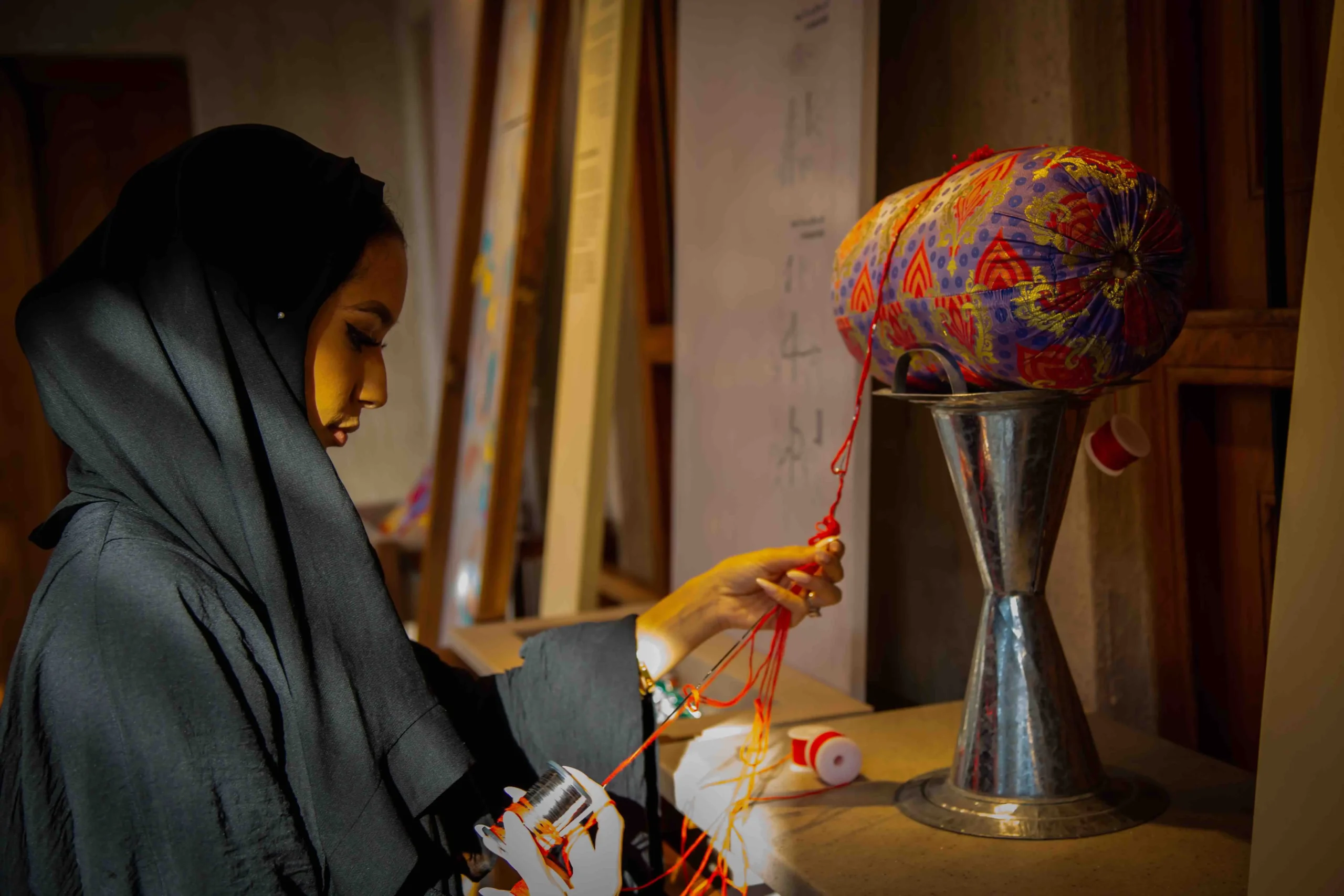
Heritage and Sustainability
Al Shindagha Museum also aligns with global conversations on sustainable development. By restoring historic homes instead of demolishing them, Dubai reduces construction waste and conserves resources. According to Dubai Municipality, over 60% of building materials from heritage sites are reused in restorations a practice that reflects both cultural preservation and environmental responsibility.
As Dubai continues to expand its cultural landscape, Al Shindagha Museum is expected to grow in scope and impact. Plans include more interactive exhibitions, international collaborations, and educational initiatives.
This vision gains even more relevance as Dubai prepares to host the 27th General Conference of the International Council of Museums (ICOM) in 2025, under the theme “The Future of Museums in Rapidly Changing Communities.”With thousands of professionals attending, Al Shindagha will not only showcase Dubai’s story but also join the global dialogue on the future of museums.
Al Shindagha Museum is not merely a collection of artifacts but a living narrative of Dubai’s evolution. By combining authentic architecture with modern storytelling technologies, it connects generations and cultures. For Emiratis, it strengthens identity and pride; for the world, it offers an intimate window into Dubai’s soul.
In a city defined by futuristic skylines, Al Shindagha reminds us that progress is most powerful when built upon heritage. It ensures that as Dubai looks forward, it will never forget where it began.
